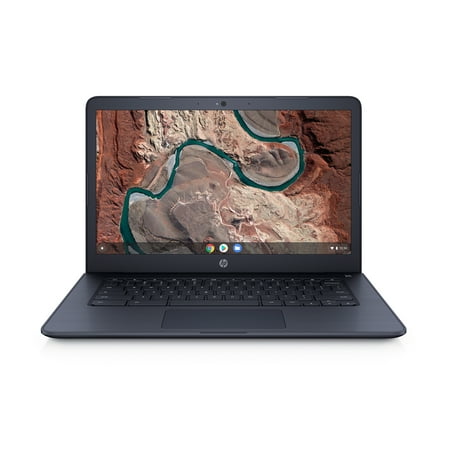HP Pavilion Gaming Laptop 15-dk1056wm
Windows 10 Home. 10th Generation Intel Core™i5-10300H. 15.6-inch diagonal, FHD (1920 x 1080), IPS, micro-edge, anti-glare. 8 GB DDR4-2933 MHz RAM (1 X 8 GB). 256 GB PCIe NVMe M.2 SSD. NVIDIA GeForce GTX 1650 (4 GB GDDR5 dedicated).
For multiplayers and multitaskers The thin and powerful HP Pavilion Gaming Laptop lets you experience high-grade graphics and processing power that meets your gaming and multitasking needs.
- Operating system: Windows 10 Home
- Processor: 10th Generation Intel Core™i5-10300H
- Display: 15.6-inch diagonal, FHD (1920 x 1080), IPS, micro-edge, anti-glare
- Memory: 8 GB DDR4-2933 MHz RAM (1 X 8 GB)
- Internal storage: 256 GB PCIe NVMe M.2 SSD
- Graphics: NVIDIA GeForce GTX 1650 (4 GB GDDR5 dedicated)
- Sound: Audio by B&O with dual speakers
- Battery life: Up to 6 hours (mixed usage) Up to 9 hours (video playback) Up to 7 hours (wireless streaming)
- Wireless: Realtek RTL8822CE 802.11a/b/g/n/ac (2×2) Wi-Fi and Bluetooth 5.0 combo
- Camera: HP Wide Vision 720p HD camera with integrated dual array digital microphones
- Product weight: 4.92 lb
- Keyboard: Full-size, ghost white backlit, shadow black keyboard with numeric keypad
Additional information
| Battery Life | 6 h |
|---|---|
| Screen Size | 15.6 in |






Reviews
There are no reviews yet.